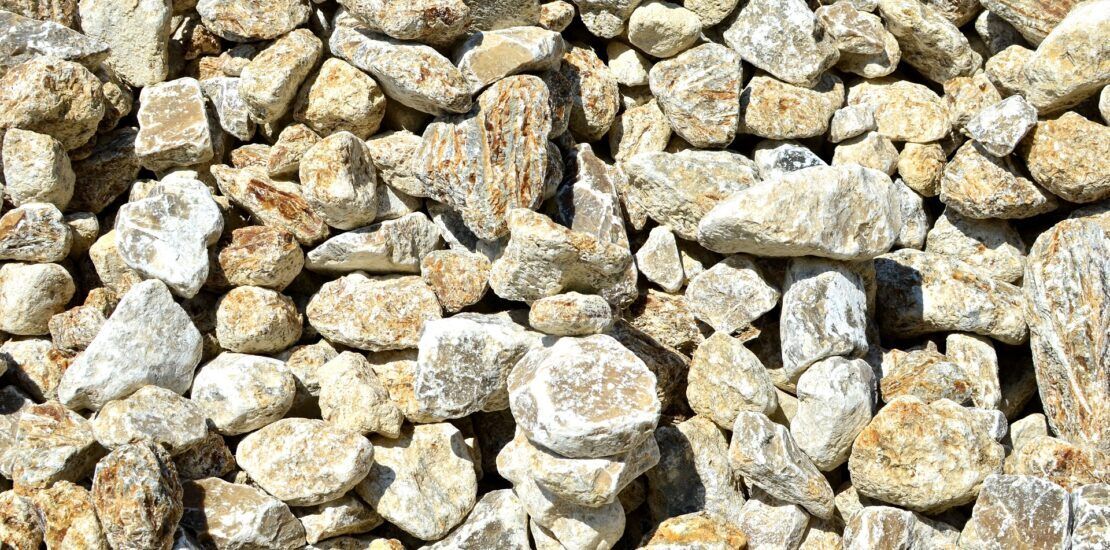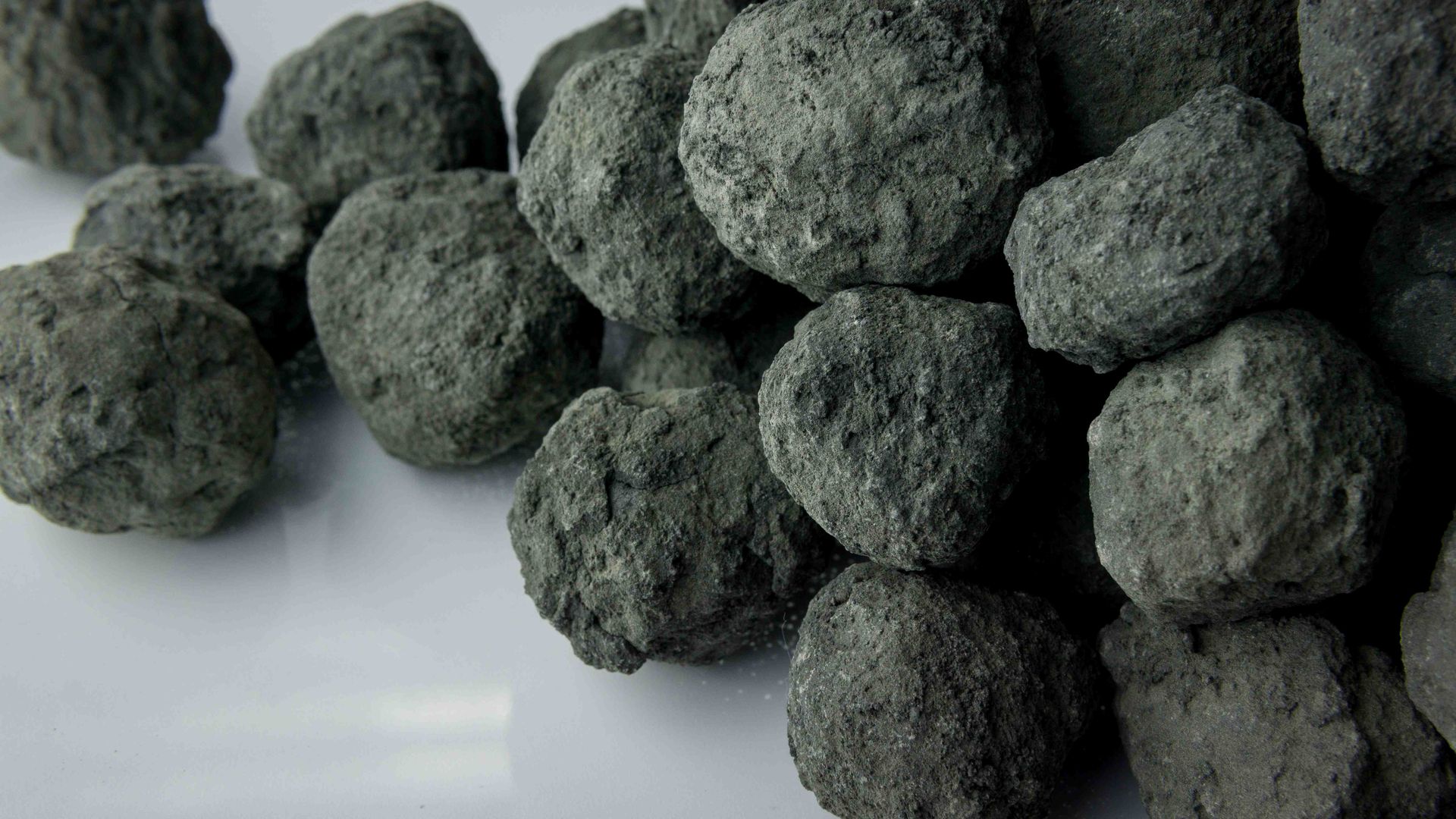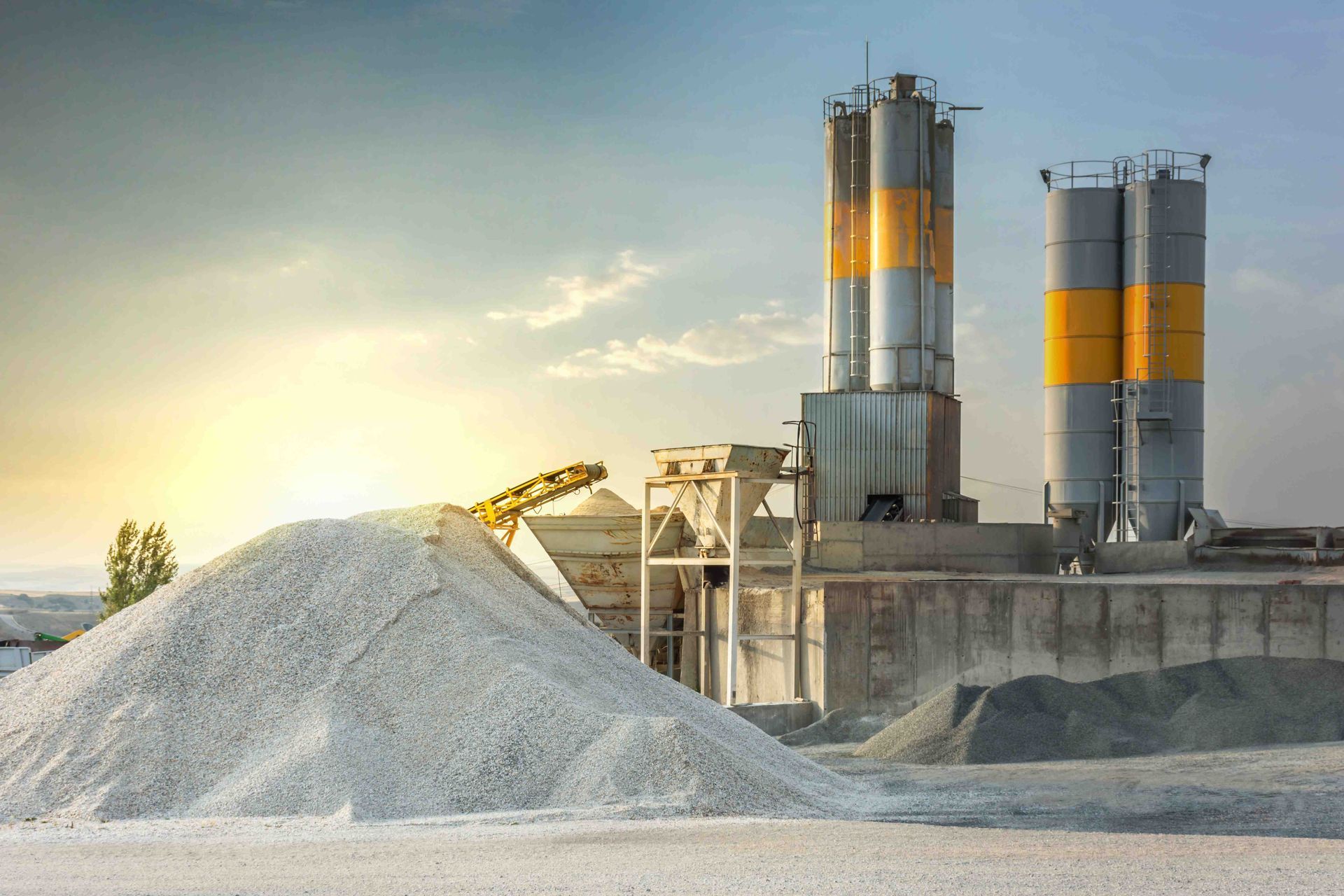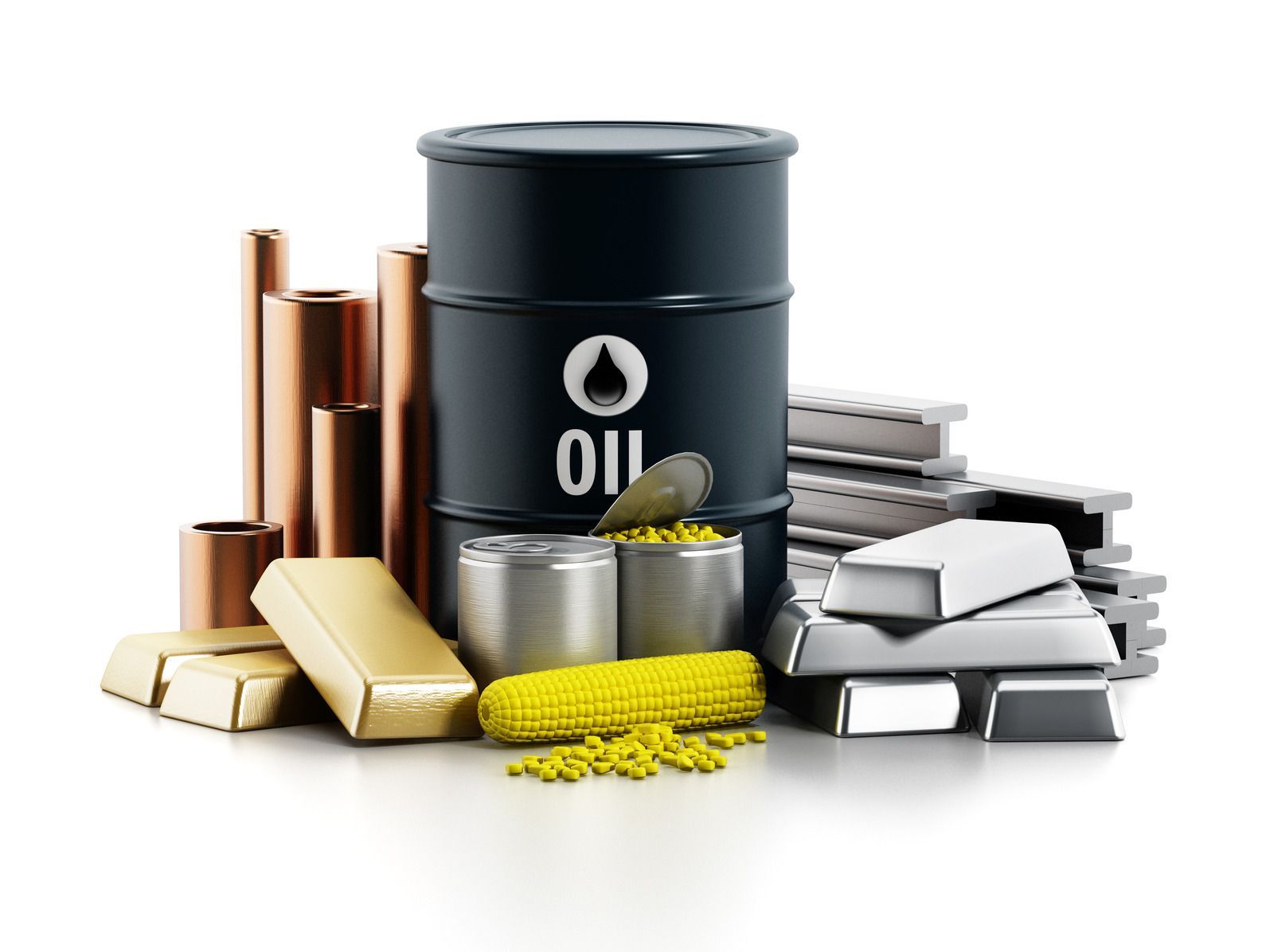5 Things You Didn’t Know About Gypsum

Gypsum is a naturally occurring mineral found amidst the layers of sedimentary rocks worldwide. Also known as hydrated calcium sulfate or calcium sulfate dihydrate in chemistry, it is made of calcium, sulfates, the water of hydration, and repository components.
Typically, gypsum has either a white or gray appearance. It is ground into fine powder until all of its moisture is removed. Adding water to powdered gypsum makes for a pliable substance that can be molded and shaped to hold the form when it hardens. Similarly, it can be added to other materials to help them bind. This binding and easy setting property of gypsum makes it most sought after as plaster in surgical casts, hardening agent in cement to make concrete and mortar, etc.
There are several other uses of gypsum as well. Some of them are:
- Additives in canned foods.
- Fertilizer in agriculture.
- The main ingredient of some toothpaste.
- To build drywall and plasterboard.
- To brew beer and make mead.
- Make classroom chalk.
- It is also present in shampoos.
5 Things You Don’t Know About Gypsum
Gypsum is present in many things we use daily, like roads, pavements, foods, hygiene products, and so much more. Yet, most of us are unaware of its very existence. So, here are some surprising (because they are lesser-known) facts about gypsum.
1. Gypsum Was Name So By The Ancient Greeks – The name “Gypsum” finds its roots in the word “Gypsos,” which is ancient Greek for plaster. The early Greeks used a unique form of gypsum to make the windows in their temples. This special gypsum, clear and transparent in layers like mica, helped create the mystical moonlight effect on the altars as the sun shone through. The gypsum they used for creating this particular effect was named “Selenite” after “Selene,” their moon goddess. Since then, the name has also stuck, and the association continues.
2. You Can Find It In Most Ancient Egyptian Constructions – Even today, no one really knows who discovered gypsum’s unique property in aiding constructions. But when Egyptians realized it could be ground and made into plaster by adding water, they started using it everywhere. It was used inside their buildings, including the beautiful palaces, magnificent pyramids, and simple tombs. Since most of these structures are still standing, they are a testament to the sturdiness and durability of gypsum as a building material.
3. The First Person To Use Gypsum In The United States Was Ben Franklin – In the U.S., one of the first people to use Gypsum was Benjamin Franklin. He referred to it as “land plaster” and used it to condition the soil on his farm. Land plaster is so popular even today that it is still used in agricultural applications, like:
- Source of plant nourishment.
- Improving soil structure.
- Reducing runoff.
4. The Sets Of Early Movies Were Created With The Help Of Gypsum – Computers have not been around forever. Before the age of digital technology, special effects like snow were created using shaved gypsum. Creating snow was not the only use for this valuable mineral. Movies require sets, and some on a really grand scale. Gypsum being an easy-to-work-with element, finds its way into all set creations irrespective of their size.
Gypsum is cemented in the Hollywood Walk of Fame. The “stars” that decorate the walk are made of “Terrazzo.” Terrazzo is made of quartz, marble chips, and granite, all poured on a concrete base. A major constituent of the concrete is Portland Cement. In turn, Portland Cement is made by crushing clinker and mixing it with gypsum. So invariably, Hollywood, too, cannot sustain without gypsum.
5. Walls Coated With Gypsum Act As A Fire Retardant – In gypsum, one molecule of calcium sulfate combines with two water molecules. Consequently, by volume, the mineral structure is almost 50% water. However, this water is absolutely dry and is often referred to as the “water of crystallization.” You could say it is like dry ice, which is also water in crystalline form. But here lies the most crucial difference – Ice melts and becomes water exposed to temperatures over 32⁰ F. On the other hand, the “water of crystallization” in gypsum remains unchanged till it is not heated past 212⁰ F.
The drywall in homes, offices, and other structures is made from gypsum plaster. The benefit of doing so is that it gives the structure fire-retardant properties. In case of a fire, the drywall will not catch flame easily. When heated past 212⁰ F, the water in gypsum is released as steam until all of it evaporates. Suffice to say, gypsum may not be entirely fireproof, but it gives the occupants enough time to make a hasty retreat from the house should such an event occur.
A Few Other Facts About Gypsum
- The chemical formula of gypsum is Ca(SO₄)+2(H₂O)
- Gypsum is a soft easy-to-scratch rock in its natural form.
- Gypsum is approximately 10x more soluble in water than limestone.
- There is a large gypsum desert (275 square miles) in New Mexico. It is known as the “White Sands National Monument” and is controlled by the U.S. National Park Service.
- Dentists use gypsum to make teeth molds.
- Orthopedics use gypsum to make the cast that helps in the healing of bones.
- Gypsum is used for sculpting as it does not shrink much on hardening.
As We Close
Gypsum is a non-metallic soft mineral rock with several wonderful properties. This little-known wonder is what gives the Plaster of Paris its unique qualities. For the same reason, it is mixed with Portland Cement to complete all construction projects. It is used in toothpaste, canning of foods, fertilizing the soil, improving agricultural land drainage to prevent its waterlogging, etc. Due to its fire-retardant properties, it is also used to make drywall. Next time you walk down the road, do remember gypsum is present in the sidewalks and the road you are using. It wouldn’t be off the mark to say that gypsum is used by us daily, yet we are unaware of how many times a day we come in contact with it.
Disclaimer: The information on this website and blog is for general informational purposes only and is not professional advice. We make no guarantees of accuracy or completeness. We disclaim all liability for errors, omissions, or reliance on this content. Always consult a qualified professional for specific guidance.






